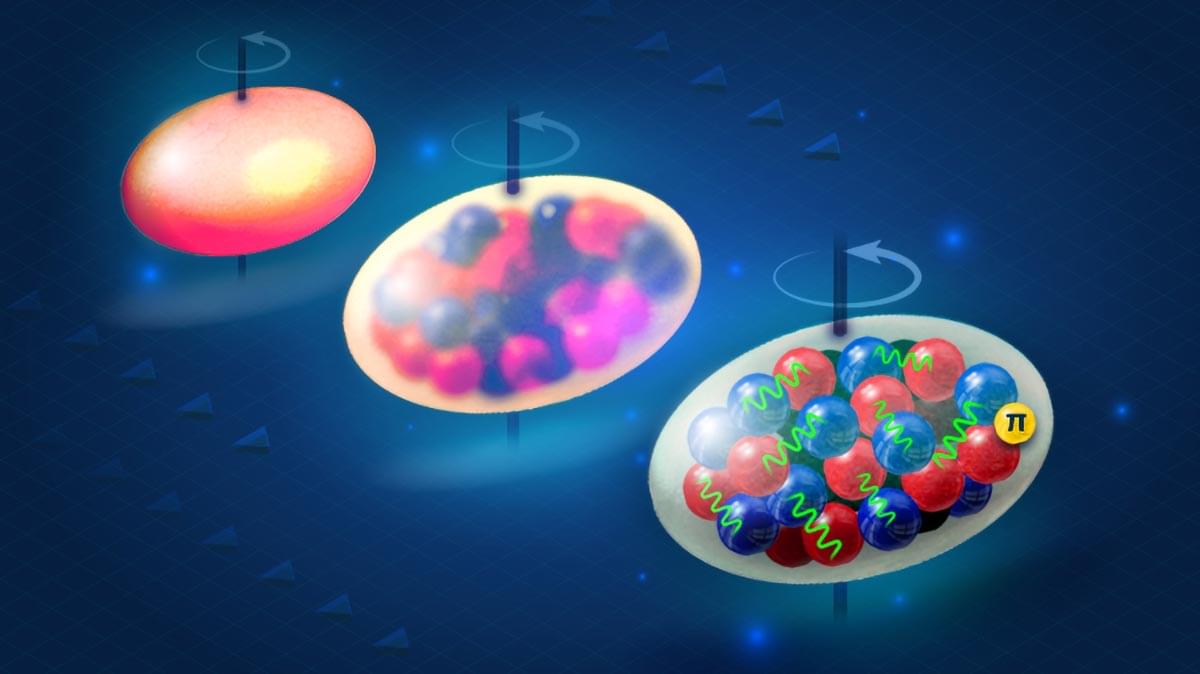Could your driving habits reveal your mental health? Research shows AI can analyze driving data to identify depression risk in older adults.




Delta is once again bolstering its network from Austin, Texas, this time with a new international route. The Atlanta-based carrier has added several new routes from the city in recent months.
Service between Austin and Cancun, Mexico, will begin on Dec. 20, operating once daily on an Airbus A320 aircraft. The airline will go head-to-head with American and Southwest, which serve the market multiple times per day.
“Delta is the leading global network carrier at Austin-Bergstrom, operating nearly 60 peak day departures this winter,” said Paul Baldoni, Delta’s senior vice president of network planning, in a news release. “This new service to Cancun adds yet another popular leisure destination for our Austin customers.”

Axiom Space, in collaboration with NASA
NASA, the National Aeronautics and Space Administration, is the United States government agency responsible for the nation’s civilian space program and for aeronautics and aerospace research. Established in 1958 by the National Aeronautics and Space Act, NASA has led the U.S. in space exploration efforts, including the Apollo moon-landing missions, the Skylab space station, and the Space Shuttle program.

As such, during the recent tests, NASA staged an F-15D just 47 feet (14 meters) from the X-59 to “confirm there’s compatibility between the two aircraft, even at close proximity,” Lin said.
After that, the F-15D and X-59 were further separated on the ground to sit at a distance of 500 feet (152 meters) from one another, which simulated the conditions in which they will fly together.
“You want to make discoveries of any potential electromagnetic interference or electromagnetic compatibility issues on the ground first,” Lin said. “This reduces risk and ensures we’re not learning about problems in the air.”
This launch will be a major first, as it will be the first time 5G mmWave spectrum tech is used to transmit high-speed, low-latency internet from a satellite to anywhere on Earth.
5G mmWave is a high-frequency radio wave technology used in the fifth generation of wireless communication technology.
It operates between 24 and 100 GHz to enable very fast wireless communication.

Using the Frontier supercomputer, researchers have cracked a major challenge in nuclear physics: accurately predicting nuclear structure and forces at an unprecedented level of detail.
Their discoveries, including new insights into the shape-shifting nature of the 30-neon nucleus, could revolutionize scientific fields ranging from quantum mechanics to national security.
Revolutionizing Nuclear Predictions with Frontier.

From helping catalyze interstellar reactions and fueling the birth of stars to its presence in neighborhood gas giants like Saturn and Jupiter, trihydrogen, or H3+, is best known as the “the molecule that made the universe.”
While we have a clear picture of how the majority of H3+ is formed—a hydrogen molecule, or H2, colliding with its ionized counterpart, H2+—scientists are keen to understand alternative sources of H3+ and to better measure its abundance throughout the cosmos.
Now, in a new paper appearing in Nature Communications, Michigan State researchers Piotr Piecuch and Marcos Dantus and their groups and collaborators have provided unprecedented insights into the formation of H3+ in compounds known as methyl halogens and pseudohalogens.
Meta AI will soon become one of the social media company’s standalone apps, joining Facebook, Instagram and WhatsApp, CNBC has learned.
S plans to make his company the leader in artificial intelligence by the end of the year, ahead of competitors such as OpenAI and Alphabet, said the people, who asked not to be named because the project is confidential. + The Meta AI chatbot launched in September 2023, with the company pitching it as a generative AI-powered digital assistant that can provide responses and create images based on user prompts within its existing apps. The company brought Meta AI to the forefront of its apps in April, when it replaced the search feature for Facebook, Instagram, WhatsApp and Messenger with the chatbot.
S generative AI technologies to billions of consumers. This is going to be the year when a highly intelligent and personalized AI assistant reaches more than 1 billion people, and I expect Meta AI to be that leading AI assistant, Zuckerberg told analysts during the company s apps such as Facebook and WhatsApp. Although Meta [ https://open.substack.com/pub/remunerationlabs/p/meta-ai-cou…Share=true](https://open.substack.com/pub/remunerationlabs/p/meta-ai-cou…Share=true)
The Meta AI app marks a major step in CEO Mark Zuckerberg’s plan to make his company the leader in AI by the end of the year, ahead of competitors such as OpenAI and Alphabet, the people said.
Subscribe and hit the bell for NFT alerts:
GM. Nothing here is financial advice, dyor. These are NFT Projects I am currently interested in. What is an NFT? A NFT is a non-fungible token that is a non-interchangeable unit of data stored on the blockchain, which is a form of digital ledger. The most common one is bitcoin, a cryptocurrency. NFTs can be digital files such as photos, videos or audio. Although we like NFTs such as Bored Ape Yacht Club, Doodles, CryptoPunks, Cool Cats, and VeeFriends…The NFTs we are mainly interested in have certain utility or membership tied to them. #Shorts